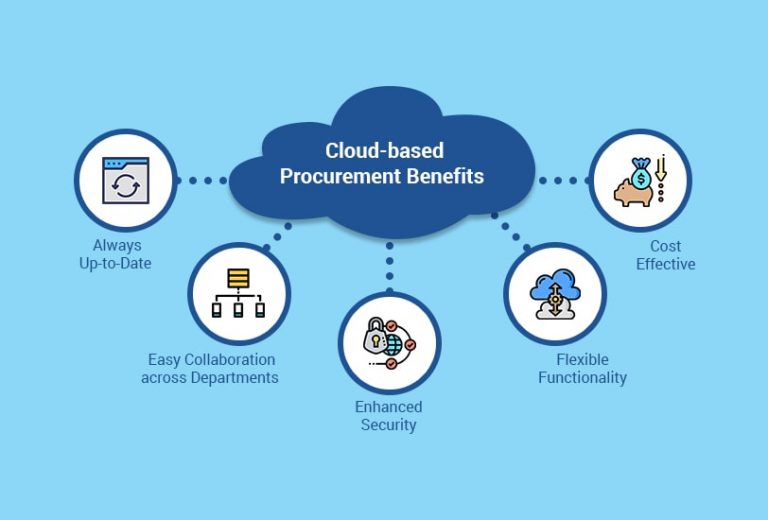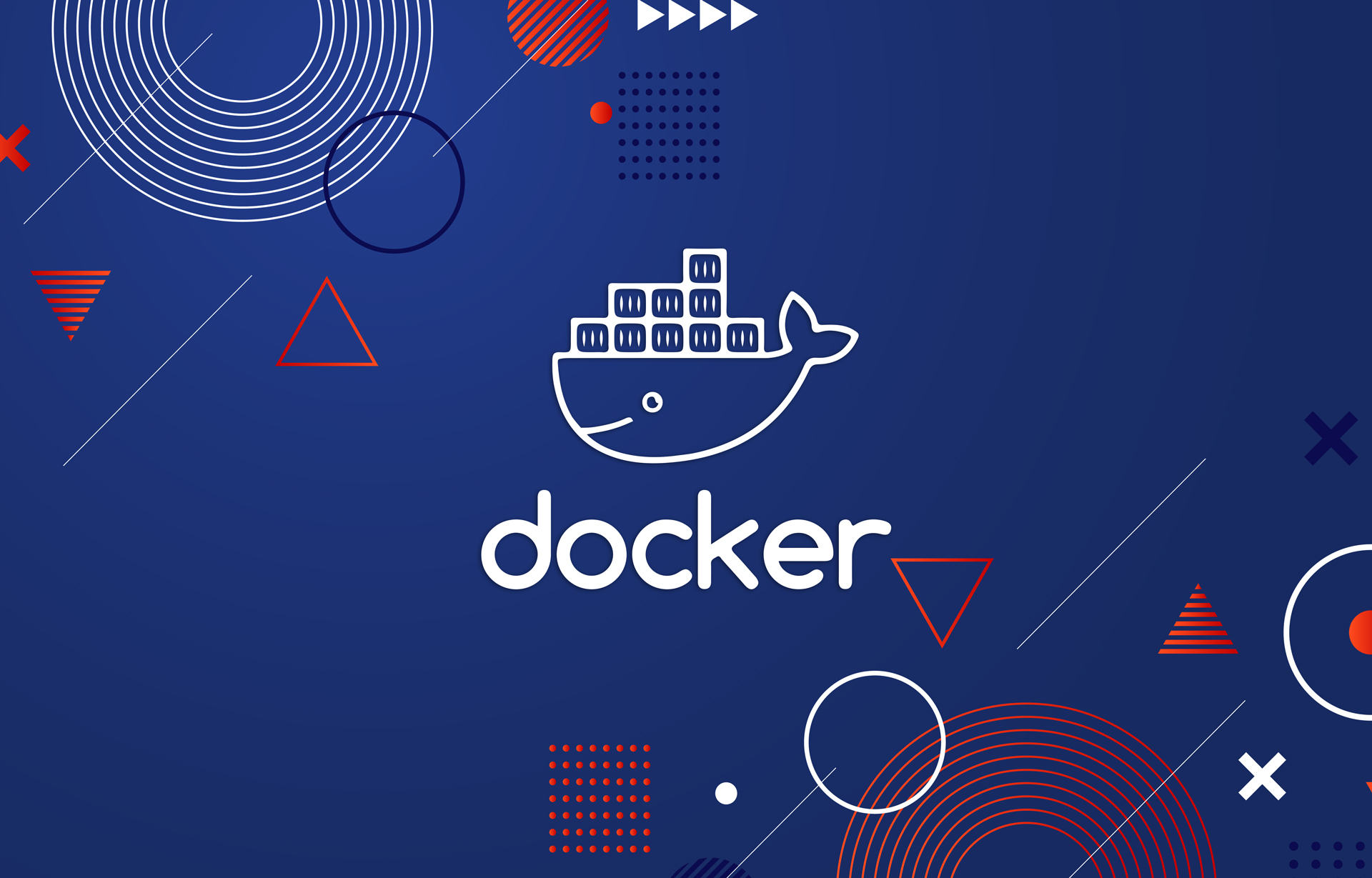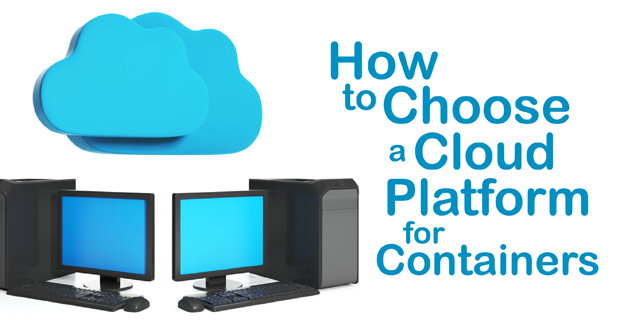Understanding Cloud-based Containerization Platforms
Cloud-based containerization platforms are a type of virtualization technology that allow applications to be packaged with their dependencies and configurations into standardized units called containers. These containers can be easily deployed, replicated, and managed across different computing environments, making them an ideal solution for modern, distributed applications. Containerization offers several benefits over traditional virtualization methods, including improved portability, scalability, and cost-effectiveness. By encapsulating an application and its dependencies into a single container, developers can ensure that the application runs consistently across different environments, without the need for complex setup and configuration processes. Additionally, containerization enables efficient resource utilization, as containers share the underlying host operating system and hardware resources, reducing the overhead associated with traditional virtual machines.
In this article, we will provide a comprehensive review of the top cloud-based containerization platforms, including Docker Enterprise, Amazon Elastic Container Service (ECS), Google Kubernetes Engine (GKE), and Microsoft Azure Container Instances (ACI). We will compare their features, strengths, and weaknesses, and provide a step-by-step guide on how to choose the right platform for your business. We will also discuss best practices for implementing cloud-based containerization platforms, highlight security considerations, and explore future trends in this rapidly evolving field.

Key Features to Consider in Cloud-based Containerization Platforms
When evaluating cloud-based containerization platforms, there are several essential features to consider to ensure that you choose a solution that meets your business needs. These features include: Ease of Use: A user-friendly interface and intuitive workflow are crucial for efficient container management. Look for platforms that offer easy-to-use tools for creating, deploying, and managing containers, as well as comprehensive documentation and community support.
Security: Security should be a top priority when selecting a cloud-based containerization platform. Look for features such as image scanning, network segmentation, and access control to ensure that your containers are secure. Additionally, consider platforms that offer built-in security features, such as automatic patching and updates, to reduce the risk of vulnerabilities.
Compatibility: Ensure that the containerization platform you choose is compatible with your existing infrastructure and tools. Look for platforms that support multiple operating systems, programming languages, and container runtimes, as well as integration with popular CI/CD tools and cloud services.
Integration Capabilities: A containerization platform that integrates seamlessly with your existing tools and workflows can help streamline your development and deployment processes. Look for platforms that offer APIs, SDKs, and other integration options to ensure that you can easily connect your containers with your existing infrastructure.
Scalability: Scalability is a key benefit of cloud-based containerization platforms. Look for platforms that offer automatic scaling, load balancing, and failover capabilities to ensure that your containers can handle increasing traffic and demand.
Cost-effectiveness: Cloud-based containerization platforms can help reduce costs by enabling efficient resource utilization and reducing the need for manual setup and configuration. Look for platforms that offer flexible pricing models, such as pay-per-use or reserved instances, to ensure that you only pay for the resources you need.
In the next section, we will provide an in-depth analysis of the top cloud-based containerization platforms, comparing their features, strengths, and weaknesses. We will discuss real product names such as Docker Enterprise, Amazon Elastic Container Service (ECS), Google Kubernetes Engine (GKE), and Microsoft Azure Container Instances (ACI).

Top Cloud-based Containerization Platforms: An In-depth Analysis
Cloud-based containerization platforms have gained popularity in recent years due to their benefits such as portability, scalability, and cost-effectiveness. In this section, we will provide an in-depth analysis of the top cloud-based containerization platforms, comparing their features, strengths, and weaknesses. Docker Enterprise: Docker Enterprise is a popular containerization platform that offers a comprehensive solution for container orchestration, management, and security. It supports multiple operating systems and cloud providers, making it a versatile choice for businesses. Docker Enterprise offers features such as image scanning, network segmentation, and access control to ensure that your containers are secure. However, it may have a steeper learning curve compared to other platforms due to its extensive features.
Amazon Elastic Container Service (ECS): Amazon ECS is a fully managed container orchestration service that is integrated with other AWS services. It offers automatic scaling, load balancing, and failover capabilities to ensure that your containers can handle increasing traffic and demand. However, it may have limited compatibility with non-AWS services, and its pricing model can be complex.
Google Kubernetes Engine (GKE): Google GKE is a managed Kubernetes service that offers automatic scaling, load balancing, and security features. It is known for its ease of use and compatibility with multiple programming languages and container runtimes. However, it may have limited integration options with non-Google cloud services.
Microsoft Azure Container Instances (ACI): Azure ACI is a serverless container platform that offers automatic scaling and load balancing capabilities. It is known for its cost-effectiveness and ease of use, with a simple pricing model and user-friendly interface. However, it may have limited compatibility with non-Azure services.
When choosing a cloud-based containerization platform, it is essential to consider factors such as your budget, technical requirements, and business goals. A platform that offers ease of use, security, compatibility, and integration capabilities may be a good fit for businesses looking to streamline their development and deployment processes. However, it is important to carefully evaluate the features and benefits of each platform before making a decision.
In the next section, we will provide a step-by-step guide on how to choose the right cloud-based containerization platform for your business. We will discuss factors to consider when evaluating platforms, such as pricing models, compatibility, and security features.
ARTICLE=

How to Choose the Right Cloud-based Containerization Platform for Your Business
When it comes to choosing the right cloud-based containerization platform for your business, there are several factors to consider. Here is a step-by-step guide to help you make an informed decision: Step 1: Evaluate Your Budget – Cloud-based containerization platforms come in different pricing models, so it’s essential to evaluate your budget and determine how much you’re willing to spend. Consider the cost of the platform, as well as any additional fees for usage, storage, or support.
Step 2: Assess Your Technical Requirements – Determine the technical requirements of your business, such as the operating systems, programming languages, and container runtimes you need to support. Look for a platform that is compatible with your existing infrastructure and can integrate with your current workflows.
Step 3: Consider Your Business Goals – Consider your business goals and how the containerization platform can help you achieve them. Look for a platform that offers features and benefits that align with your goals, such as scalability, portability, and cost-effectiveness.
Step 4: Evaluate the Features and Benefits of Each Platform – Once you’ve narrowed down your options, evaluate the features and benefits of each platform. Look for features such as ease of use, security, compatibility, and integration capabilities. Consider the strengths and weaknesses of each platform and how they align with your business needs.
Step 5: Test the Platform – Before making a final decision, test the platform to ensure that it meets your technical requirements and business goals. Consider using a trial or demo version of the platform to evaluate its performance and user experience.
Step 6: Implement Best Practices – Once you’ve chosen a platform, implement best practices for deploying and managing your containers. This includes tips such as ensuring a smooth deployment, monitoring performance, and troubleshooting issues.
When choosing a cloud-based containerization platform, it’s important to consider factors such as your budget, technical requirements, and business goals. A platform that offers ease of use, security, compatibility, and integration capabilities may be a good fit for businesses looking to streamline their development and deployment processes. However, it’s important to carefully evaluate the features and benefits of each platform before making a decision.
In the next section, we will discuss best practices for implementing cloud-based containerization platforms, including tips on how to ensure a smooth deployment, monitor performance, and troubleshoot issues.
ARTICLE=

Best Practices for Implementing Cloud-based Containerization Platforms
When implementing cloud-based containerization platforms, it’s important to follow best practices to ensure a smooth deployment, monitor performance, and troubleshoot issues. Here are some tips to keep in mind: 1. Ensure a Smooth Deployment – Before deploying containers, it’s important to ensure that your infrastructure is properly configured and that your containers are optimized for deployment. This includes testing your containers in a staging environment, configuring your network settings, and setting up access controls.
2. Monitor Performance – Once your containers are deployed, it’s important to monitor their performance to ensure that they are running smoothly. This includes tracking metrics such as CPU usage, memory usage, and network traffic. You can use tools such as Prometheus, Grafana, or Nagios to monitor your containers and alert you to any issues.
3. Troubleshoot Issues – If you encounter any issues with your containers, it’s important to have a plan in place for troubleshooting. This includes identifying the root cause of the issue, testing solutions in a staging environment, and rolling back changes if necessary.
4. Implement Security Best Practices – Security should be a top priority when implementing cloud-based containerization platforms. This includes implementing access controls, encrypting data in transit and at rest, and regularly updating and patching your containers.
5. Optimize for Scalability – Cloud-based containerization platforms offer scalability benefits, but it’s important to optimize your containers for scalability. This includes designing your containers to be stateless, using load balancers to distribute traffic, and implementing auto-scaling policies.
6. Implement Continuous Integration and Continuous Deployment (CI/CD) – CI/CD practices can help streamline your development and deployment processes. This includes automating your build, test, and deployment processes, and using tools such as Jenkins, Travis CI, or CircleCI.
7. Implement DevOps Practices – DevOps practices can help improve collaboration and communication between development and operations teams. This includes implementing agile methodologies, using version control systems, and using collaboration tools such as Slack or Microsoft Teams.
When implementing cloud-based containerization platforms, it’s important to follow best practices to ensure a smooth deployment, monitor performance, and troubleshoot issues. This includes ensuring a smooth deployment, monitoring performance, troubleshooting issues, implementing security best practices, optimizing for scalability, implementing CI/CD practices, and implementing DevOps practices. By following these best practices, you can ensure that your cloud-based containerization platform is optimized for performance, security, and scalability.
In the next section, we will discuss security considerations for cloud-based containerization platforms, including data privacy, network security, and access control.
ARTICLE=

Security Considerations for Cloud-based Containerization Platforms
As with any cloud-based technology, security is a critical consideration when it comes to cloud-based containerization platforms. Here are some key security considerations to keep in mind: Data Privacy – Cloud-based containerization platforms often involve storing and processing sensitive data. It’s important to ensure that this data is protected in transit and at rest, using encryption and other security measures.
Network Security – Cloud-based containerization platforms can introduce new network security risks, particularly if containers are not properly configured. It’s important to implement network security measures such as firewalls, access controls, and intrusion detection systems.
Access Control – Access to cloud-based containerization platforms should be strictly controlled, with access granted only to authorized users and applications. This can be achieved through the use of access control mechanisms such as role-based access control (RBAC) and identity and access management (IAM) systems.
Regulatory Compliance – Cloud-based containerization platforms must comply with relevant regulations and industry standards, such as HIPAA, PCI-DSS, and GDPR. It’s important to ensure that your chosen platform meets these requirements, and to implement appropriate security measures to maintain compliance.
Supply Chain Security – Cloud-based containerization platforms often involve using third-party containers and images, which can introduce security risks. It’s important to ensure that these containers and images are from trusted sources, and to regularly scan them for vulnerabilities.
Incident Response – In the event of a security incident, it’s important to have an incident response plan in place. This plan should include steps for identifying and containing the incident, as well as for reporting and recovering from the incident.
When implementing cloud-based containerization platforms, it’s important to consider these security considerations to ensure that your platform is secure and compliant. By taking a proactive approach to security, you can help protect your data, applications, and users from potential threats.
In the next section, we will explore the future trends in cloud-based containerization platforms, including the adoption of serverless computing, the rise of edge computing, and the increasing use of artificial intelligence and machine learning in containerization.
ARTICLE=

Future Trends in Cloud-based Containerization Platforms
As cloud-based containerization platforms continue to evolve, there are several emerging trends that are worth keeping an eye on. These trends have the potential to significantly impact the way that organizations use containerization in the cloud, and may offer new opportunities for innovation and growth. Adoption of Serverless Computing – Serverless computing is a cloud computing model in which the cloud provider dynamically manages the allocation of machine resources. This can be a natural fit for containerization, as containers can be easily spun up and down as needed. By combining containerization with serverless computing, organizations can achieve even greater levels of scalability and cost-effectiveness.
Rise of Edge Computing – Edge computing involves processing data and running applications on distributed devices, rather than in a centralized data center. This can be particularly useful in IoT (Internet of Things) scenarios, where devices may be located in remote or hard-to-reach locations. Containerization can help to simplify the deployment and management of applications in edge computing environments, by providing a consistent and portable way to package and deploy code.
Increasing Use of Artificial Intelligence and Machine Learning in Containerization – Artificial intelligence (AI) and machine learning (ML) are becoming increasingly important in many areas of technology, and containerization is no exception. By using AI and ML to automate the deployment and management of containers, organizations can achieve even greater levels of efficiency and productivity. For example, ML algorithms can be used to optimize resource allocation, while AI-powered monitoring tools can be used to detect and resolve issues before they become critical.
Emergence of New Container Formats – While Docker is currently the most popular container format, there are several other container formats that are starting to gain traction. For example, the Open Container Initiative (OCI) has developed a set of standards for container formats and runtime, which are designed to promote interoperability and portability. As these new container formats gain wider acceptance, organizations may have more options to choose from when selecting a cloud-based containerization platform.
Integration with DevOps Tools and Processes – As containerization becomes more widely adopted, there is a growing demand for tools and processes that can help to streamline the development and deployment of containerized applications. This has led to the emergence of DevOps tools and practices that are specifically designed for containerization, such as container orchestration tools like Kubernetes and Docker Swarm. By integrating these tools and processes into their cloud-based containerization platforms, organizations can achieve even greater levels of agility and efficiency.
In conclusion, cloud-based containerization platforms are a powerful technology that can provide significant benefits in terms of portability, scalability, and cost-effectiveness. As the technology continues to evolve, organizations can look forward to new trends and innovations that will further enhance the capabilities of cloud-based containerization platforms. By staying up-to-date with these trends, organizations can ensure that they are making the most of this exciting technology.
ARTICLE=

Conclusion: Making an Informed Decision on Cloud-based Containerization Platforms
In conclusion, cloud-based containerization platforms offer a wide range of benefits, including portability, scalability, and cost-effectiveness. These platforms have become an essential tool for businesses looking to streamline their development and deployment processes. When choosing a cloud-based containerization platform, it is crucial to consider factors such as your budget, technical requirements, and business goals.
As we have discussed, there are several top-performing cloud-based containerization platforms available, including Docker Enterprise, Amazon Elastic Container Service (ECS), Google Kubernetes Engine (GKE), and Microsoft Azure Container Instances (ACI). Each platform has its unique features, strengths, and weaknesses, and it is essential to evaluate these factors carefully before making a decision.
To ensure a smooth deployment, it is crucial to follow best practices such as monitoring performance, troubleshooting issues, and ensuring data privacy, network security, and access control. Additionally, it is essential to stay up-to-date with future trends in cloud-based containerization platforms, such as the adoption of serverless computing, the rise of edge computing, and the increasing use of artificial intelligence and machine learning in containerization.
In summary, when choosing a cloud-based containerization platform, it is essential to consider your unique business needs and to carefully evaluate the features and benefits of each platform. By doing so, you can make an informed decision that will help you streamline your development and deployment processes, reduce costs, and improve your overall business performance.
